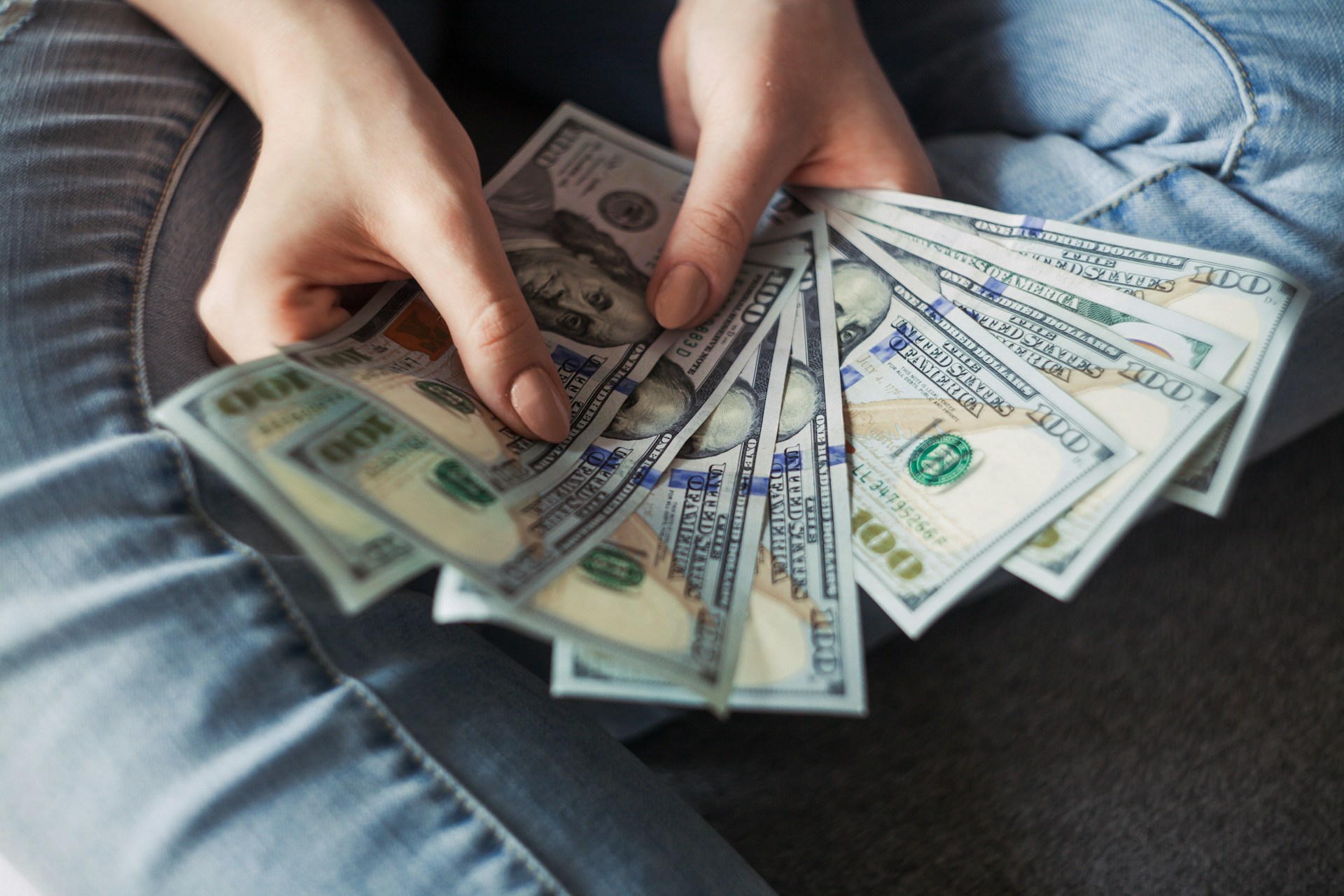One gram of gold gets its worth through comparison—its value measured against other things. In other words, all comparison can be understood as pegging. The worth of a tree can be compared to the pages of a book. Interestingly, the book might be worth more—unless the tree is mahogany. To understand the worth of anything, you must understand that it’s worth is being weighed against something else. Nothing has value outside of comparison because nothing has value in and off its self (except God)—what else could define worth?
Ask yourself: Are you worth the time you spend at work?
The Dollar Advocates --The dollar speaks
The dollar affects/effects—and in many cases, defines—nearly everything. It’s often misunderstood that the worth of a commodity or financial instrument is based purely on supply and demand. In reality, worth is established through comparison. Something has value only when it is compared to something else.
Look at any chart—it has an X and Y axis. These axes allow you to understand the importance of correlation, but more importantly, comparison.
Today, the intrinsic value of things is often lost. The value of life is summarised in time, and the value of time is judged based on what it's spent on. Yet life is prolonged through food, and the worth of food is compared to gold. The value of food and the worth of food in and of itself are equated to land—and land is priced in currency, which is ultimately compared to gold, which is pegged to the dollar.
So the intrinsic value of all things is intrinsically lost. What remains are opportunity costs and intellectual worth.
Some individuals—like teachers—are paid based on influence over a group. Others—like footballers—are paid based on the ability to gather the attention of millions. This shows a comparative valuation of education vs. entertainment. The Truth is: we live in a world that prefers to be entertained rather than educated. That’s why we pay for time, but spends attention.

The Standard of Value and Worth
History tells us that between the 19th and 20th centuries, the British Empire was at the peak of its power. The GBP (British Pound) served as the world’s primary reserve and trade currency. Why? Because London was considered the global hub of trade and finance, and the rest of the world trusted in the stability of the GBP.
This continued until World War II. After the war, many nations—including Britain—were devastated. In 1944, 44 Allied nations met at the Bretton Woods Conference in New Hampshire to form a new global financial system. Unsurprisingly, history is often written from the viewpoint of the victors.
At Bretton Woods, countries agreed to peg their currencies to the USD, which itself was pegged to gold at $35/oz. The U.S. became the world’s reserve currency, overtaking the UK. They held the largest gold reserves and had emerged economically stronger than their war-torn allies. It also helped that the U.S. entered the war relatively late.
Nixon’s Shock and the Petrodollar
By 1971, many countries—especially France—began converting their dollar reserves into gold, fearing devaluation. President Nixon responded by suspending the dollar’s convertibility to gold, effectively ending the Bretton Woods system. This move became known as the “Nixon Shock.”
What saved the U.S. dollar? A strategic agreement with OPEC nations to price and sell oil exclusively in USD. This policy extended to other global commodities, cementing the dollar’s position as the backbone of international trade. This is the standard which all things are compared
The Dollar Pegs -- The World Responses
The dollar affects/effects—indeed, pegs—other currencies and commodities. Their worth is directly or indirectly correlated to the USD. If your monthly food bill is £400 and the price of an ounce of gold is £2,422.74, your food is worth about 16% of an ounce of gold.
It’s worth noting: gold is pegged to the dollar. So your groceries, priced in GBP, are valued against gold, which is valued against the dollar. It might be more efficient to cut your grocery bill and acquire some gold. If the dollar drops in value, your gold will buy more food.
The Correlation of Value
When correlation is truly understood, the invisible threads connecting the financial world become visible. If one instrument is pegged to another, they can't both rise in value simultaneously. When one falls, there's often opportunity in the other.
In essence, you never really sell—you’re always buying at a better price.
Time, Value, and Life
At Bigness Capital, we believe your time should influence your money—and your money should influence your time. Remember: the worth of your life is reflected in how your time is spent.
So,
Is life in time? Or is time in life?
While you ponder that, we’ll make sure your money is working for you.
Bigness capital, the value is you and our passion is truth.
Our education programme is coming soon.
Share the article
Comments
Related blog & articles
5 mins read
The Mountain And The Climber: Navigating Drawdowns
Drawdown is simply how much money you lose from your highest profit point (peak) to your lowest point (trough) during a certain period of time. It’s a way to measure how much your portfolio has declined after it reached its highest value.
3 mins read
Time vs. Money: The Tortoise and the Hare
Time, in its essence, is an illusion. To understand time, one must first understand change. Change happens over time, yet nothing in the universe truly changes—what evolves is our understanding of it.


